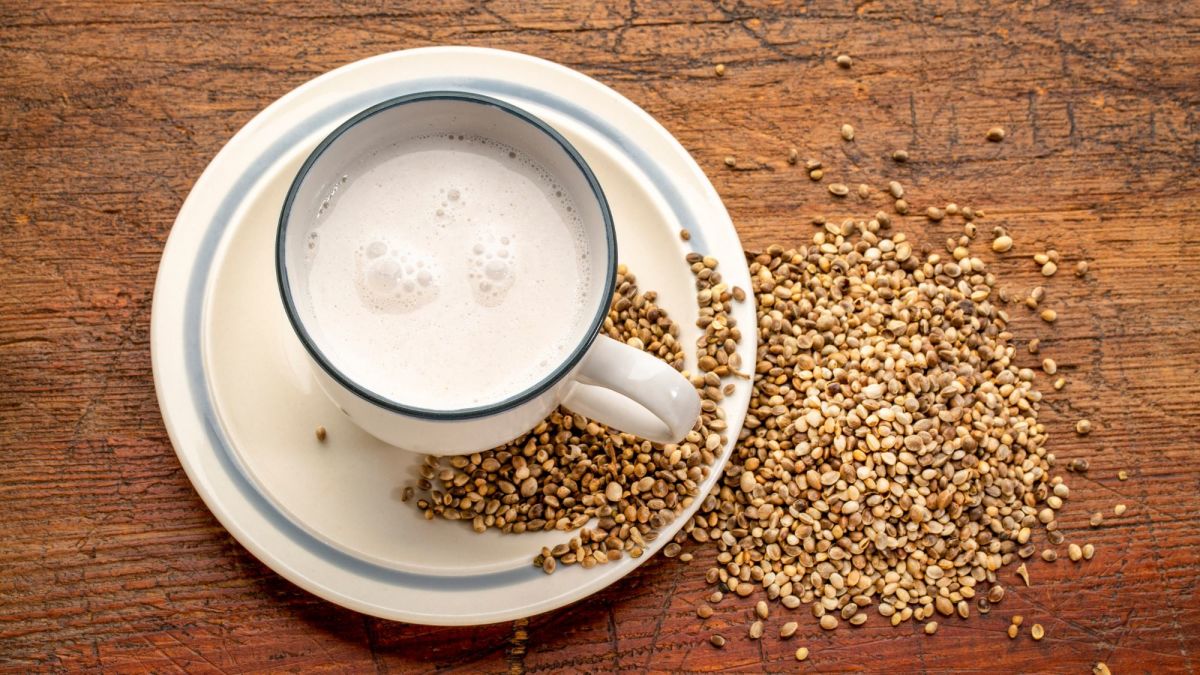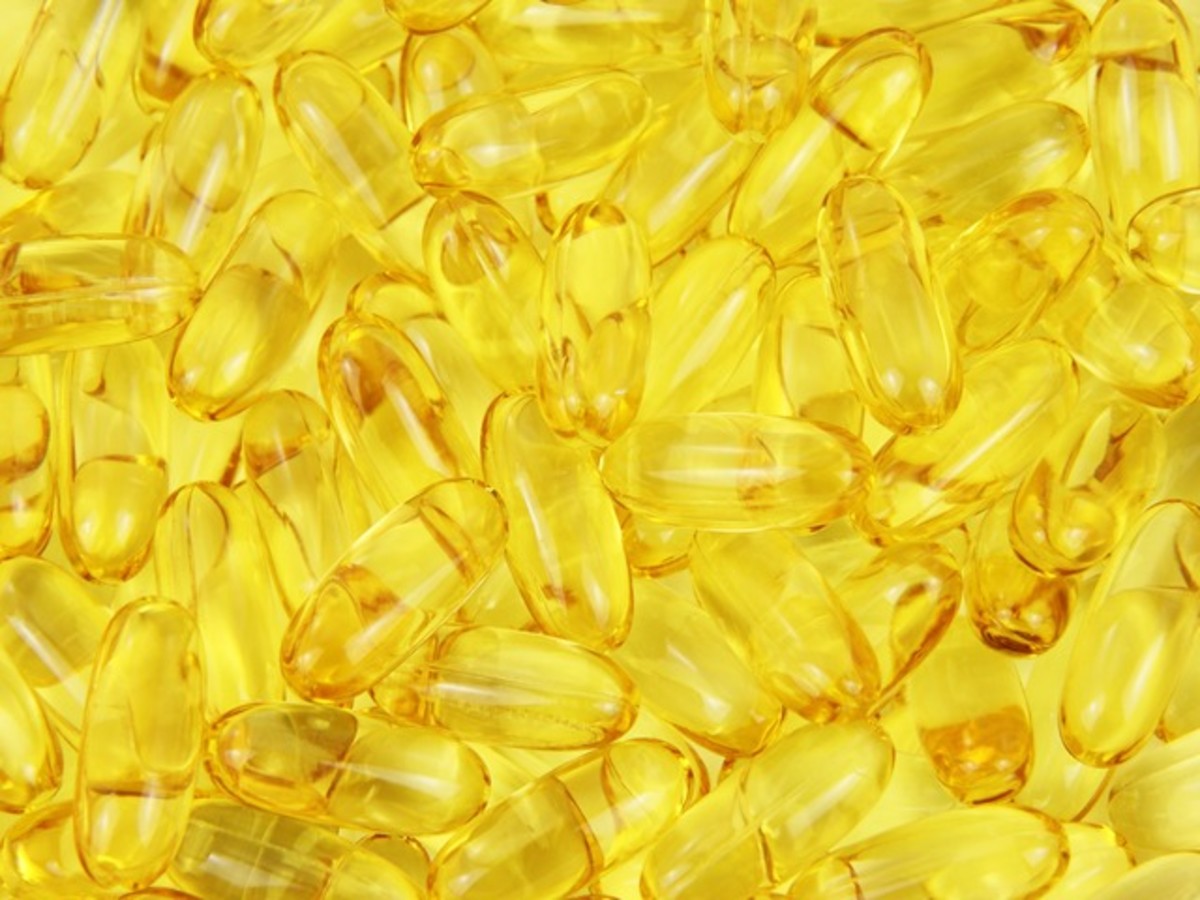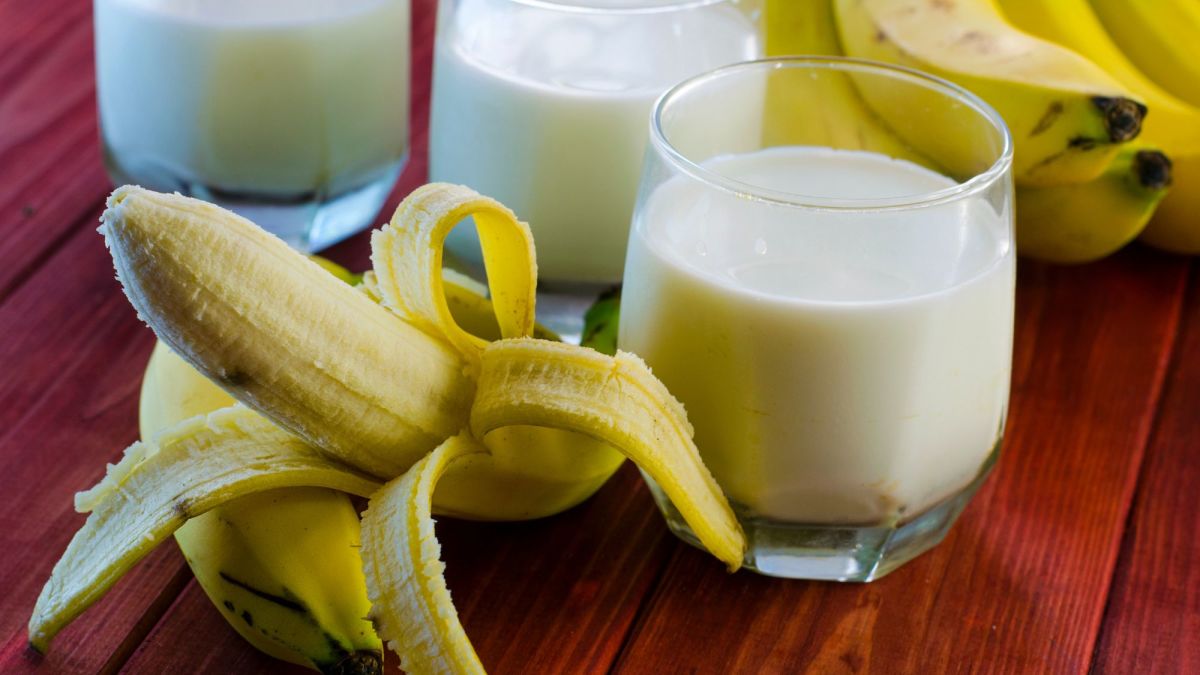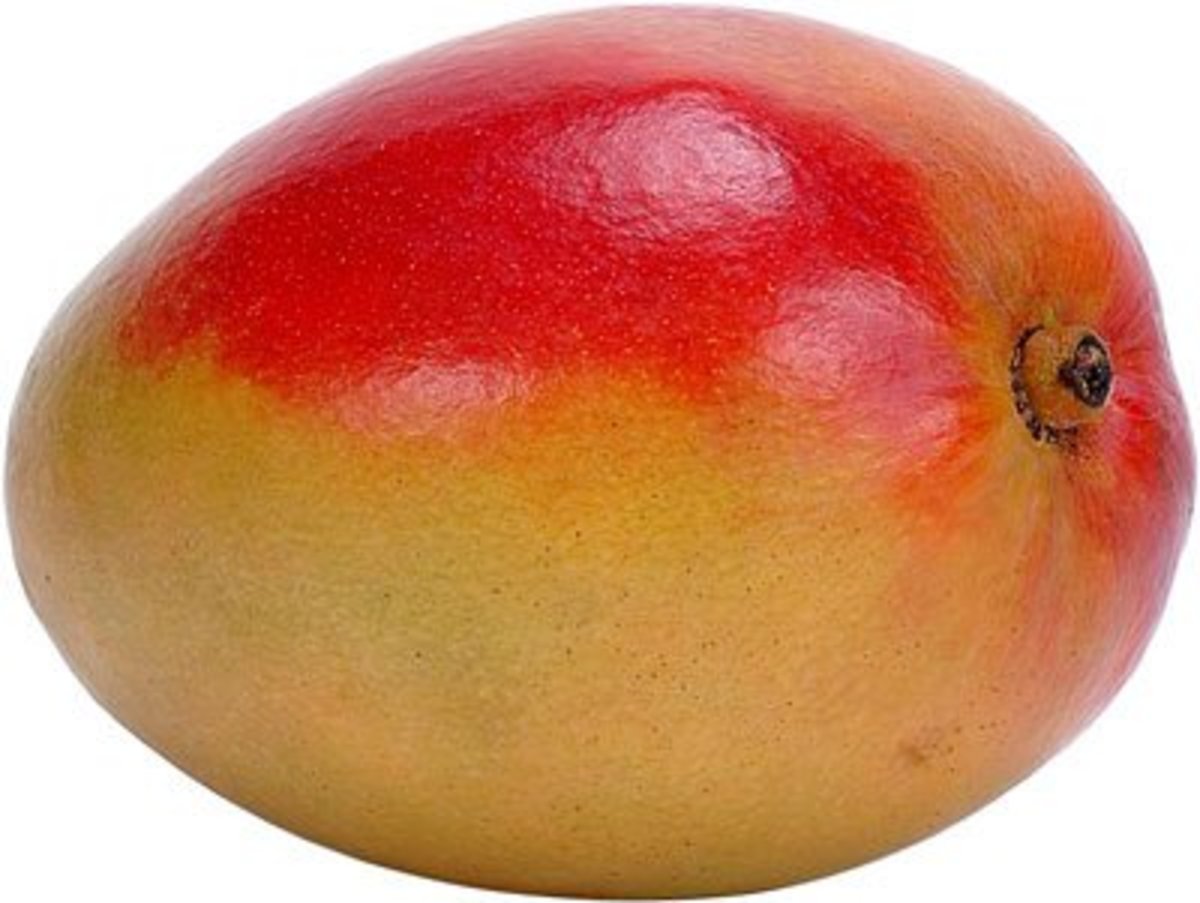Healthy Diet 101 : How to Make it Work For You
Healthy Diet 101 : How to Make it Work For You
Knowing the basic of a "healthy diet" is very important in healthy living. Sticking to a healthy diet plan is another thing and it is the most difficult thing to do with regards to healthy diet planning because the most delicious foods are synonymous with unhealthy foods. There are foods which are healthy and at the same time they are delicious as well. Fruits like lychees, orange, banana and apples are few examples of it. All we need to do is to educate ourselves about "healthy foods" and how to consume them in the right amount. Eating healthy foods is a habit forming attitude so it is you who can make it work for you. Healthy foods is very crucial to healthy dieting.
We all know that healthy diet contributes to the proper nourishment of a person. Healthy eating means healthy body, and the holistic view that goes "sound body, sound mind". If you are healthy you can do whatever you want to do and you feel the confidence needed in everyday interpersonal relationship as well. Plus, you can do the physical acitivities you have been wanting to do.
Sticking with a healthy diet is by far the most difficult thing to do. It is challenging and it needs total attitude/behavioral change from the person who want to achieve better health through eating healthy foods. I will share my secret with you about sticking to a healthy diet.
What is a healthy diet?
A healthy diet is one that helps maintain or improve health and it is very important for the prevention of many chronic health risks -- obesity, heart disease, diabetes, and many forms of cancer. A healthy diet involves consuming appropriate amounts of all the necessary nutrients plus enough water. "Nutrients can be obtained from many different foods, so there are a wide variety of diets that may be considered healthy diets."
The US Dept of Agriculture recommends a "Food Pyramid' look at the figure above offers personalized eating plans and interactive tools to help you plan/ assess your food choices based on the Dietary Guidelines for Americans -- base on scientific physical activity and food choices. This dietary guidelines defines a healthy diet as one which has:
- Emphasizes fruits, vegetables, whole grains, and fat-free or low-fat milk and milk products;
- Includes lean meats, poultry, fish, beans, eggs, and nuts; and
- Is low in saturated fats, trans fats, cholesterol, salt (sodium), and added sugars.
The USDA Food Pyramid even suggest Dietary recommendations for everyone online, you just need to key in important information and they can make a specific diet plan for you.
Another suggestions about healthy diet comes from the "World Health Organization" which suggests recommendations to everyone:
- Sufficient essential amino acids ("complete protein") to provide cellular replenishment and transport proteins. All essential amino acids are present in animals. A select few plants (such as soy and hemp) give all the essential acids. A combination of other plants may also provide all essential amino acids. Fruits such as avocado and pumpkin seeds also have all the essential amino acids.
- Achieve an energy balance and a healthy weight
- Essential micronutrients such as vitamins and certain minerals.
- Avoiding directly poisonous (e.g. heavy metals) and carcinogenic Limit energy intake from total fats and shift fat consumption away from saturated fats to unstaurated fats and towards the elimination of trans fatty acids.
- Increase consumption of fruits and vegetables, legumes, whole grains and nuts
- Limit salt/sodium consumption from all sources and ensure that salt is iodized
- Avoiding foods contaminated by human pathogens.
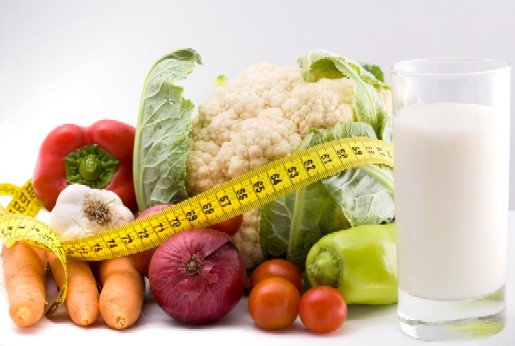
What are the necessary healthy diets according to nutrients that we need?
- To date, there are seven major classes of nutrients : fats, carbohydrates,fibre, minerals,protein, mineral and of course water.
Classification of nutrients:
- Macronutrients -- nutrients that are needed in large amounts: carbohydrates, fats, fibre, proteins, and water
- Micronutrients -- needed in samller amounts; minerals and vitamins.
The Seven Nutrients
Carbohydrates may be classified as monosaccharides, disaccharides, or polysacharides depending on the humber of sugars unit they contain. They are in a large numbe rof foods such as rice, noodles, bread and other grains. The main fuel used by the body during exercise is carbohydrates, which is stored in muscle as glycogen—a form of sugar.
Fats contain fatty acids bonded to form glyceros -- which contains long cvhains of carbond and hydorgen atoms. Essential fatty acids -- Most fatty acids are non-essential, meaning the body can produce them as needed, generally from other fatty acids and always by expending energy to do so. However, in humans at least two fatty acids are essential and must be included in the diet. An appropriate balance of essential fatty acids -— omega 3 and omega 6 fatty acids are important to health as well.
Protein is an important component of every cell in the body. Hair and nails are mostly made of protein. The body uses protein to build and repair tissues. Also protein is used to make enzymes, hormones, and other body chemicals. Protein is an important building block of bones, muscles, cartilage, skin, and blood.Proteins are the basis of many animal body structures (e.g. muscles, skin, and hair). They also form the enyzmes which control chemical reactions throughout the body. Each molecule is composed of amino acids which are characterized by inclusion of nitrogen and sometimes sulphur (these components are responsible for the distinctive smell of burning protein, such as the keratin in hair).
Dietary Fiber which is sometimes called roughage is the indigestible portion of plant foods having two main components, soluble and insoluble. The soluble is a "fibre that is readily fermented in the colon into gases and physiologically active byproducts", and insoluble fiber that is metabolically inert, absorbing water throughout the digestive system".
Water and salts -- Water is one of the most important nutrients in the sports diet. It helps eliminate food waste products in the body, regulates body temperature during activity and helps with digestion. Maintaining hydration during periods of physical exertion is key to peak performance.
Vitamins -- as with minerals, vitamins are recognized as essential nutrients, necessary in the diet for good health.
Minerals -- "Dietary minerals are the chemical elements required by living organisms, other than the four elements carbosn, hydorgen,nitrogen and oxygen that are present in nearly all organic molecules. On the other hand, minerals are often artificially added to the diet as supplements; the most famous is likely iodine in iodized salts which prevents goiter.
Other nutrients found in foods are:
- Phytochemicals-- are also called trace chemicals which are are typically found in edible plants, especially colorful fruits and vegetables, but also other organisms including seafood, algae, and fungi. One of the principal classes of phytochemicals are polypehno antioxidants, chemicals which are known to provide certain health benefits to the cardiovacular system and immune system.
- Antioxidants have been discovered just recently. As cellular metabolism/energy production requires oxygen, potentially damaging, compounds known as free radicals can form. Most of these are oxidizers and some react very strongly.
Now that we are done with healthy Diet 101 we will proceed to the most difficult part of it all, the next question will be how can you abide by the recommendation stated above:
Healthy food Dieting : How to make it work for you
- Be prepared to have the proper attitude and behavioral change -- change of lifestyle in eating habit. Dedication, discipline, consistency and positive attitude -- the "you know that you can do it afterall" attitude
- Incorporate healthy foods -- "Pyramid food" diet that fits you according to the recommendation by the US Department of Agriculture. Prepare to know your personal "MyPyramid" data to know what is specific for you based on your physical and nutritional requirements.
- Buy a weighing scale and a measuring tape. Take note of your waistline measurement, arms and hips. Jot it down and monitor it by heart.
- Stick with it and be consistent, make it your daily motto "I will eat healthy foods today". Paste it in the refrigerator, your bedroom, TV room and put it wherever you can see it
- You must set a realistic goal, for example, losing three pounds in two to three months etc. and weigh yourself from time to time, not everyday but every other day so that you know you are improving little by little
- Don't surrender if you re not losing weight at all, after three months, consult a doctor to help you diagnosed why you're not succeeding, you might have other ailments which curtail weight loss.
- Treat yourself if you are losing weight, reward yourself by buying stuff you like most.
- If you have a friend or your partner, tell them about it, you might need some coaxing and partnership with them to constantly remind you about focusing on your target desired weight loss.
- When you buy foods at the market or stores, stay away form the "Unhealthy foods section" and buy only the required healthy foods. In terms of vegetables, buy colorful ones, the more colorful they are, the more nutritious the vegetables and fruits are.
- Most of all, don't be ashamed of what you're up to "healthy dieting". Have the self confidence to finally achieve your weight loss goal by abiding to a healthy diet plan.
Conclusion:
Healthy dieting is consuming the right amount of nutrients in healthy foods that we eat, that is why it is necessary to learn or educate ourselves about healthy foods and know the right amount and what nutrients it give us.
You may want to visit these other articles about weight loss
- How to Reduce Weight the Acupressure Way
How to Reduce Weight the Acupressure Way The cheapest way to reduce weight is the alternative way of medicine or maintaining health which is also defined as holistic view of medicine and/or healing.... - Attitudes That Will Help When You Want to Lose Weight
Attitudes that Will Help When You Want to Lose Weight All of us want to have a healthier body, but most often that not, we don't do anything about it. Our attitude towards losing weight is as vivid as... - Weight Loss : Finding Motivations and Inspiring Quotes
Weight Loss : Finding Motivations and Inspiring Quotes According to researches conducted all the things you are doing when it comes to losing weight are futile until and unless you put it in your heart...




